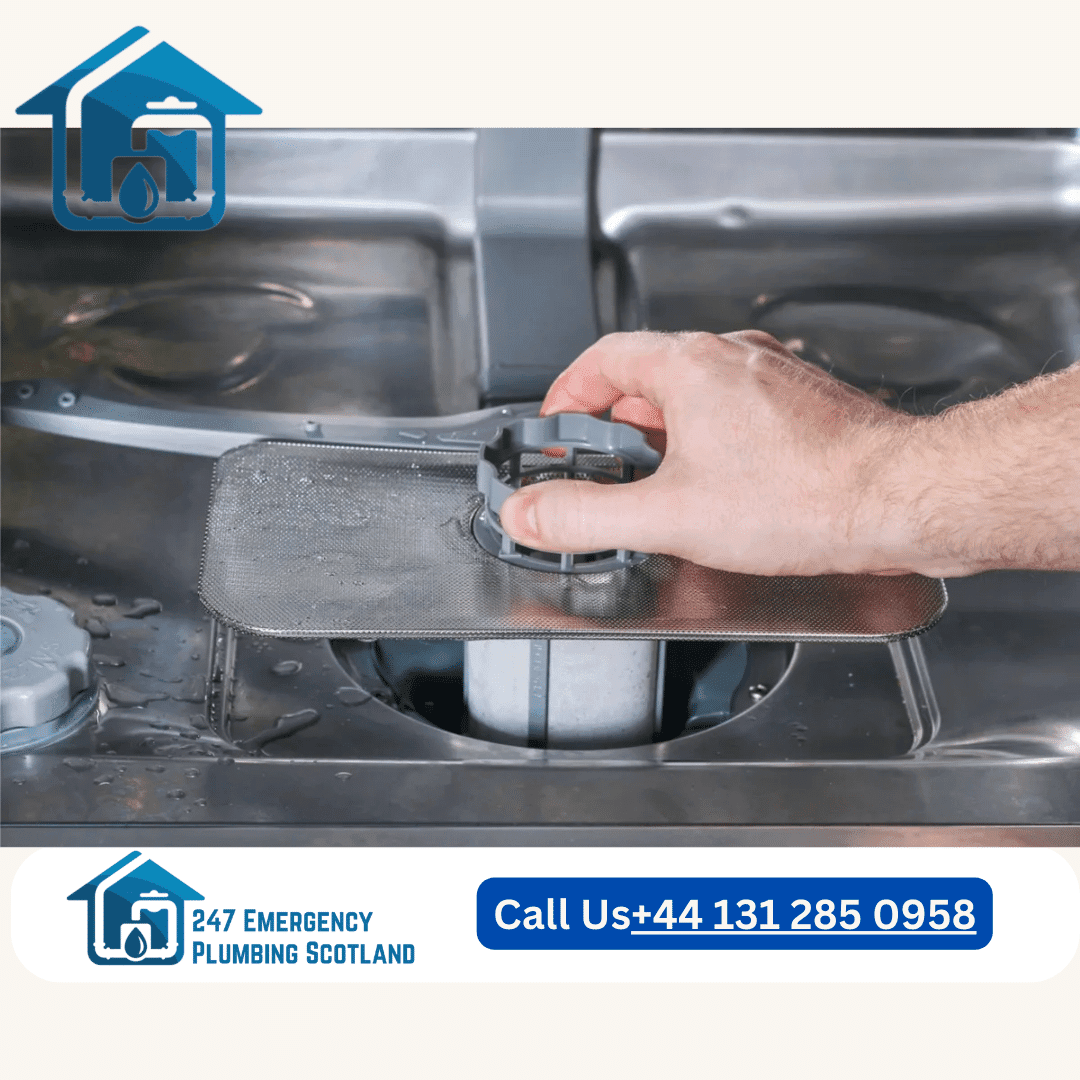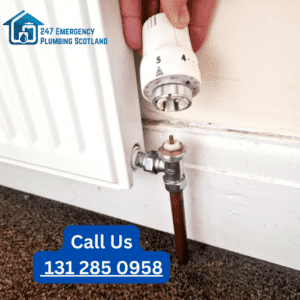Our Prices
Grease Trap Installation: The Complete Guide for Commercial Kitchens
Grease trap installation is essential for any commercial kitchen. A grease trap helps prevent fats, oils, and grease (FOG) from entering your plumbing system, reducing the risk of blockages and costly repairs. At 247 Emergency Plumbing Scotland, we provide expert grease trap installation services to ensure your kitchen runs smoothly. In this guide, we will cover everything you need to know about grease traps, including their importance, installation process, maintenance tips, and frequently asked questions.
What is a Grease Trap?
A grease trap, also known as a grease interceptor, is a plumbing device designed to capture FOG before it enters the drainage system. It separates grease and solid waste from wastewater, preventing clogs and maintaining the efficiency of your plumbing.

Why is Grease Trap Installation Important?
Installing a grease trap is vital for commercial kitchens and food establishments. Here’s why:
- Prevents Blockages: Grease traps stop fats, oils, and grease from clogging your pipes.
- Protects the Environment: Reduces the amount of FOG entering the public sewage system.
- Legal Requirement: Many local regulations require commercial kitchens to have grease traps installed.
- Reduces Maintenance Costs: Prevents costly plumbing repairs due to clogged drains.
For more information on local requirements, visit the Scottish Government Building Standards page.
How Does a Grease Trap Work?
A grease trap works by slowing down the flow of wastewater, allowing FOG to separate and float to the top while solids settle at the bottom. The cleaned water then flows out of the trap, while the grease and solids are retained.
Here’s a breakdown of the process:
- Wastewater enters the grease trap from the kitchen sink.
- Grease, oils, and fats rise to the surface.
- Solid waste settles at the bottom of the trap.
- Clean water flows out of the trap and into the drainage system.
Learn more about our drainage services to keep your plumbing system in top condition.
The Grease Trap Installation Process
At 247 Emergency Plumbing Scotland, we follow a detailed process for grease trap installation:
- Site Inspection: We assess your kitchen layout and plumbing to determine the best location for the grease trap.
- Choosing the Right Size: We select a grease trap that meets your kitchen’s capacity and usage needs.
- Installation: Our team installs the grease trap according to local regulations and best practices.
- Testing: We test the system to ensure it’s working correctly and efficiently.
Maintenance Tips for Grease Traps
Regular maintenance is key to keeping your grease trap functioning effectively. Here are some tips:
- Clean the grease trap regularly to prevent buildup.
- Avoid pouring excessive oils and fats down the drain.
- Schedule professional cleaning services at least once every three months.
- Inspect the trap for any signs of damage or leaks.
Visit our emergency plumbing services page for more maintenance assistance.

Common Problems with Grease Traps
Despite their effectiveness, grease traps can face issues if not maintained properly. Here are common problems and how to resolve them:
- Clogged Grease Trap: Buildup of FOG can block the trap. Regular cleaning helps prevent this.
- Foul Odors: Unpleasant smells may indicate a full or clogged grease trap. Contact us for professional cleaning.
- Leaking Grease Trap: Cracks or wear and tear can cause leaks. Regular inspections can help catch issues early.
For more on plumbing repairs, check out our cornerstone article on toilet water issues.
Do You Need a Grease Trap?
If you own or operate a commercial kitchen, a grease trap is a must-have. Here’s why:
- Complies with local health and safety regulations.
- Protects your plumbing system from costly clogs.
- Helps maintain hygiene and cleanliness in your kitchen.
Learn about local requirements from Chartered Institute of Plumbing and Heating Engineering.
Choosing the Right Grease Trap for Your Kitchen
There are various types of grease traps available, including passive traps, automatic traps, and hybrid systems. Factors to consider when choosing a grease trap:
- Capacity: Select a trap that can handle your kitchen’s volume of wastewater.
- Material: Stainless steel traps are durable and resistant to corrosion.
- Size: Choose a size that fits your kitchen layout and plumbing system.

Conclusion
Installing a grease trap is essential for the smooth operation of any commercial kitchen. At 247 Emergency Plumbing Scotland, we offer expert grease trap installation, maintenance, and repair services to help you comply with regulations and prevent plumbing issues. Contact us today for a consultation and ensure your kitchen stays clog-free and efficient.
FAQs
1. What is a grease trap?
A grease trap is a plumbing device that captures fats, oils, and grease before they enter the drainage system, preventing clogs and blockages.
2. How often should I clean my grease trap?
Grease traps should be cleaned every 1-3 months, depending on the volume of FOG produced by your kitchen.
3. Can I install a grease trap myself?
It’s best to hire a professional for grease trap installation to ensure compliance with local regulations and proper functioning.
4. What are the benefits of a grease trap?
Grease traps help prevent clogs, protect the environment, and comply with health and safety regulations.
5. Do you offer emergency grease trap services?
Yes, we provide 24/7 emergency plumbing services. Visit our emergency services page for more details.











